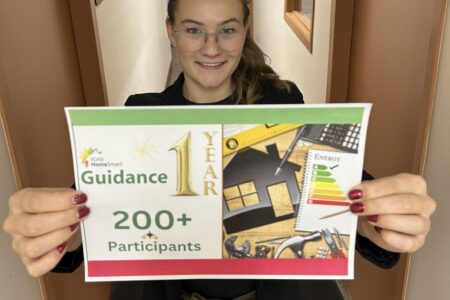OP/ED: How Common Are Doctors' Errors?
“Most people will experience at least one diagnostic error in their lifetimes, sometimes with devastating consequences.” This statement is from a recent article in the New England Journal of Medicine.
The article addresses a common problem in North American medical practice: wrong diagnoses, and inappropriate treatments based on wrong diagnoses. The article is by Dr. Hardeep Singh and Dr. Mark L. Graber, and is based on their studies of cases across the U.S. over the past ten years. Their article, titled “Improving Diagnosis in Health Care”, released in September of this year, builds on a 2000 report titled “To Err is Human; Building a Safer Health System.” The summary report of “Improving Diagnosis in Health Care” states, “Diagnostic errors persist throughout all settings of care and continue to harm an unacceptable number of patients.”
Singh and Graber report, “Using rigorous methods, we found that diagnostic errors affect 12 million United States adults per year, or 1 in 20 adults per year, and it’s the common diseases that get missed.” Among those “misses” are infections, heart disease and cancer.
Are Canadian doctors any more or less error-prone than their American counterparts? Based only on my own experience, I would say that the old saw “to err is human” applies equally here. When I was 19, I was struck by a car while walking in a Calgary parking lot. I was in shock and unable to walk; the driver carried me into a doctor’s office. The doctor listened to the driver’s story, looked at me from across the office, did not touch or otherwise examine my injured knee or order X-rays, told me I had “a mild sprain” and sent me home with a handful of little red pills. In fact, later assessment showed that I had a fractured kneecap, torn ligaments, and a bone chip knocked off my femur. That particular misdiagnosis can safely be attributed to downright negligence or malpractice.
More recently, a wrist I had broken a couple of years earlier suddenly swelled painfully and rendered its adjacent hand completely unable to function. The initial diagnosis was “gout” and the doctor prescribed a course of colchicine; when I saw my own doctor, she ordered a blood test which showed that the problem was not gout.
What leads to misdiagnoses? One factor is the amount of time that most doctors spend listening, or failing to listen, to their patients. Another factor may be, as Drs. Singh and Graber suggest, insufficient emphasis in medical schools on the teaching of diagnosis, and a lack in North American medical professions of a “culture of diagnostic safety.” Another factor that could help improve diagnostic accuracy might be more and better research — I suggest that what’s needed is independent research, not funded by pharmaceutical companies. Another factor cited by Singh and Graber is “ensuring health information technology supports the diagnostic process.”
For an interesting look at some new “health information technology” check out this video clip showing how a series of apps can be used to monitor patient health and assist with diagnoses, while improving timeliness and slashing health-care costs. Click here to view; it’s a little over 8 minutes long, and fascinating — even to a reasonably healthy lay person.
While we’re on the topic of misdiagnosis, though, let me acknowledge the difficulties doctors face in attempting to identify the causes of any given malaise. Many illnesses share a veritable constellation of symptoms, and it can be challenging to tease out whatever makes one illness or condition a more likely candidate as the cause; some patients are less than forthcoming with information, partly because we don’t always know what’s relevant and what is not; patients may be suffering from more than one condition, which can complicate diagnostic efforts; many diagnostic tools are expensive and may not be immediately available; many doctors are overworked and pressed for time, especially after a long day on duty. And besides — they’re human beings, and none of us is omniscient.
But we can still hope that the medical profession will adopt the recommendations in Drs. Singh and Graber’s article.























Comments